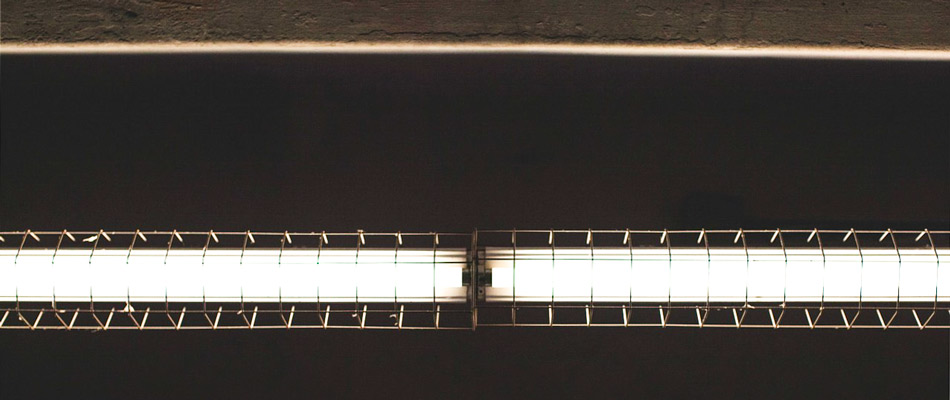Harold Schock is the energy manager for School District #23 in British Columbia. His district, covering Kelowna and the surrounding area, has 45 schools and over 22,000 students.
Common tasks in the workplace can be reason enough to seek innovation. Even the job of changing light bulbs.
When a Kelowna school required an update to the interior lighting throughout the building, the district energy manager used the opportunity to learn more about modern LED lighting.
Harold Schock is the energy manager for School District #23 in British Columbia, which covers Kelowna and the surrounding area. He was faced with many options to update an elementary school’s interior lighting. For a month, Schock compared quotes, lamps and ballasts to shed light onto the best LED lamps for the school.
“It seemed to be very hard to decide,” said Schock, noting there were many options of LED lighting available.
First was the decision between installing new LED fixtures or retrofitting the existing fluorescent ballasts with TLED lamps. LED fixtures have the ability to dim, and some can dim automatically to ensure room lighting is consistent even when outside light changes. Tubular LED lamps (TLEDs) are a replacement for fluorescent tubes. Depending on the existing ballasts, TLEDs can be quickly installed in fluorescent fixtures, although they may require a different ballast or rewiring to make the LED tube functional.
To keep costs down, Schock decided to go with a retrofit instead of installing new LED fixtures. He received letters of interest from suppliers and started down the road of TLED research.
“They gave me all different types of options with wattages, different light outputs and different colour renderings,” said Schock. Using a test bench in his office, Schock tested a variety of TLEDs and ballasts over the course of a month.
“Not all LEDs are the same,” he said, adding they focused on LEDs that matched the lighting needs of the school.
ASHRAE standards for classroom illumination is 50 foot-candles or a lighting power density of 15 W/m2. Ensuring proper illuminance “put a different slant on how much light was actually needed to do that job” because fluorescent lighting has a different light intensity than LEDs.
After refining the search down to lamps with a sufficient – but not excessive – output, Schock focused on energy efficiency. By selecting the TLEDs with the lowest wattage and sufficient light output, Schock estimates his district will save $10,000 over 20 years compared to the TLEDs with the lowest unit cost.
Not only do the TLEDs differ from each other, but the ballasts they are paired with also make a big difference. A key finding was that LED lights performed better in ballasts of the same brand.
In the end, Schock determined the best supplier had lights of the lowest wattage but met the minimum output. This supplier also had the lowest bid.
“That’s a long way of saying we did our due diligence and found the best light lumens for the application.”
Now with the TLEDs installed, the benefits go beyond Schock’s office and into the classrooms. Schock said teachers are pleased with the new lamps.
“It is much quieter in the classrooms – there is no annoying buzzing from the fluorescent light fixtures that were in there,” he said. “And the quality of light seems to be much better because there is no more flickering.”
For maintenance staff, LED lights mean there is less time spent changing bulbs. The life expectancy of TLEDs is 20 years.
If more light retrofits arise in the future, Schock will still need to match TLED lamps with the school.
Schock said every school is different and the best lighting options differ from site to site. Square footage of rooms is the baseline factor, but window size and amount of outside light are important. In addition, the geographical location of the school and amount of available sunlight matters.
“Every situation is slightly different. Those nuances create the culture of the school.”
School District #23 has 45 schools. Two schools have been retrofitted with TLEDs, and two newer schools had LED fixtures installed when constructed.
“LED has changed the classroom,” said Schock, who has been in his current role since 2010.
“No matter if you’re using tubes or the LED light fixtures, they’ve changed the entire lighting climate of the classroom to reflect the current technology.”
For more information about selecting LEDs in school facilitates, download the free PDF – Best Practices for LED Lighting in Schools.

